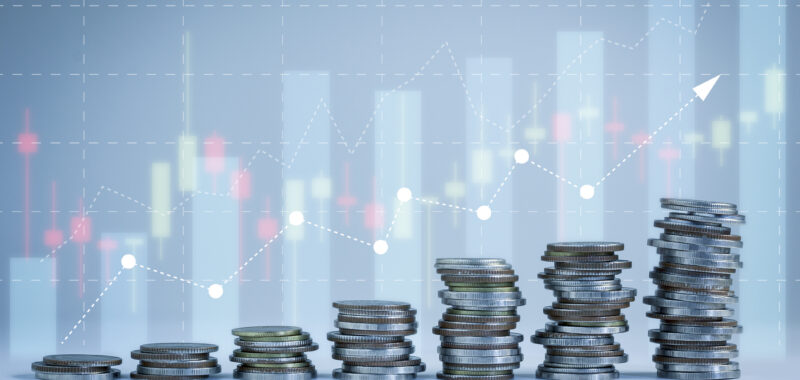Enbridge has an exceptional record of growing value for its investors.
Getting started investing in the stock market doesn’t take a lot of money. For example, buying one share of energy infrastructure giant Enbridge (ENB 0.47%) costs a little more than $40. The Canadian pipeline and utility company can turn that small sum into an attractive stream of dividend income that should grow steadily in the future.
As its earnings and dividends rise, it should also deliver some decent stock price appreciation in the coming years. Those two factors can add up to a compelling total return in the long run.
A very bankable income stream
Enbridge has paid dividends to its shareholders for nearly 70 years, and the pipeline and utility operator has increased its payment for the last 29 straight years. The company currently pays its investors 0.915 Canadian dollars ($0.67) per share each quarter. At its $40 share price, that works out to a 6.5% dividend yield. That’s well above average, considering the S&P 500‘s dividend yield is less than 1.5%.
The company’s high-yielding dividend is on an extremely sustainable foundation. It operates a diversified portfolio of low-risk energy infrastructure businesses, including liquids pipelines, gas transmission and midstream, gas distribution and storage, and renewable power.
Roughly 98% of its earnings before interest, taxes, depreciation, and amortization (EBITDA) comes from cost-of-service or contracted assets, which are highly stable and predictable. That’s evident in that Enbridge has achieved its annual financial guidance for 18 straight years.
Enbridge pays out 60% to 70% of its stable cash flow in dividends each year. It retains the rest to help fund expansion projects. The company also has a strong investment-grade balance sheet backed by a leverage ratio currently in the lower half of its 4.5 to 5.0 times target range.
Given these features, investors can continue banking on Enbridge’s high-yielding dividend payments flowing into their accounts each quarter.
Lots of growth is coming down the pipeline
Enbridge has grown steadily over the years by expanding its business to capitalize on the ever-increasing need for energy. The company has invested billions of dollars in organic expansion projects and acquisitions.
It recently closed the third and final gas utility acquisition from Dominion. The accretive deal enhanced its diversification and growth prospects. The U.S. gas utilities should grow its rate base at a roughly 8% compound annual rate through at least 2027, fueled in part by a plan to invest $3.7 billion over the next three years.
Those utility expansions are part of the more than CA$24 billion ($17.4 billion) in secured capital projects Enbridge currently has in its backlog. After adding some new projects recently, it has growth visibility all the way through 2029.
Enbridge’s backlog gives it lots of visibility into its future earnings growth. It expects a combination of secured growth projects, cost savings and optimizations, and future investment opportunities to grow cash flow per share by around 3% annually through 2026 and 5% per year after that. That should give Enbridge the fuel to increase its dividend by as much as 5% per year.
The company’s rising earnings and dividend payments should steadily increase its stock price. Add in the company’s high-yielding payout, and its total return could be around 10% annually.
A low-risk way to earn a nice return
Enbridge offers the opportunity to earn an attractive income stream along with modest stock price appreciation. That can really add up over the years. If Enbridge can produce a 10% return each year, it could double an investor’s money about every seven years on average. That’s not bad for an investment with such a low-risk profile. It makes Enbridge a great stock to buy if you have a bit of idle cash to invest these days.
Matt DiLallo has positions in Enbridge. The Motley Fool has positions in and recommends Enbridge. The Motley Fool recommends Dominion Energy. The Motley Fool has a disclosure policy.

